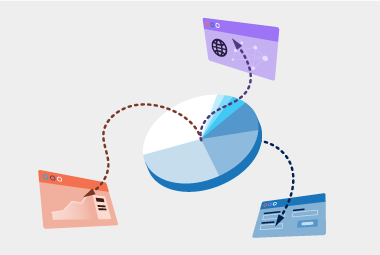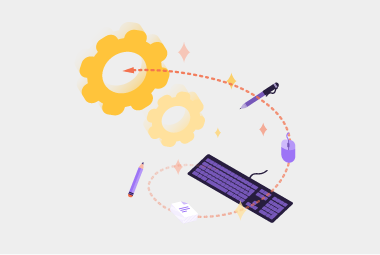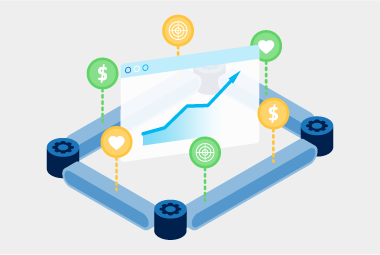- accelerating the creation of a single national business registry
- expanding the government’s Digital Identity Program
- accelerating the take-up of 5G technology
- promoting Australian finance technology overseas and
- helping businesses adopt digital technologies.
- cost savings
- easier invoice processing
- faster invoice payments
- fewer errors
- exchange of invoices directly to and from software
- improved security.
So what eInvoicing initiatives did the Government announce?
The Government set aside $120 million to help businesses adopt digital technologies, which includes $22.2 million specifically for small businesses. Small businesses in Australia have a long way to go, with some figures showing 90% of small and medium businesses still use paper-based invoices. The Government allocated an additional $3.6 million to help Federal Government agencies implement eInvoicing, which was announced in conjunction with a government eInvoicing mandate. Larger government agencies need to adopt eInvoicing by the 1st of July 2021, followed by all other agencies by the 1st of July 2022. The Federal Government also announced they’ll be looking at ways to mandate eInvoicing for State Government departments in the near future. This is just one of the steps to a more digital economy, with reports indicating government agencies, both federal and state, are responsible for around 10% of all business-to-business invoices. Another focus announced in this year’s Budget is to improve digital skills for workers and SMEs. $2.5 million will be allocated to help businesses with digital skills training. This funding will be used to develop a Digital Skills Finder platform to help workers and SMEs find training courses to further their digital skills.What can we expect from the measures?
The Government have made it clear from this year’s Budget that they want to boost small business capability and increase the uptake of digital technologies. Overall, there are more than a dozen initiatives already planned to support businesses to adopt digital technologies. Expect to see Federal Government agencies implement eInvoicing early to comply with the mandate dates. And if you’re a supplier to government, expect to start receiving communications about issuing eInvoices. Now’s a good time to start preparing at your end and looking for eInvoicing providers. Just get in touch to find out more.Request a call
Chat with one of our experts
Just fill out your details below and we'll be in touch within one business day.





